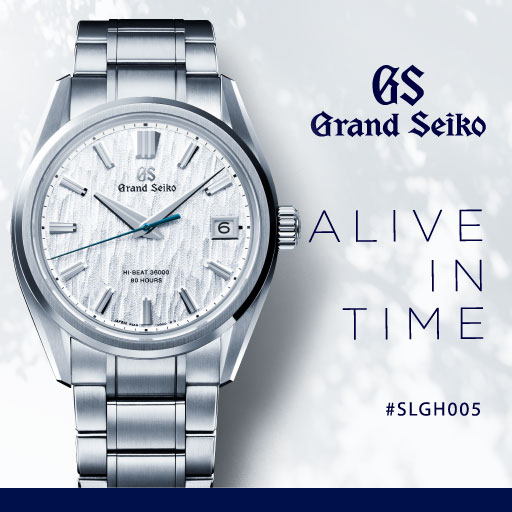EXHIBITION
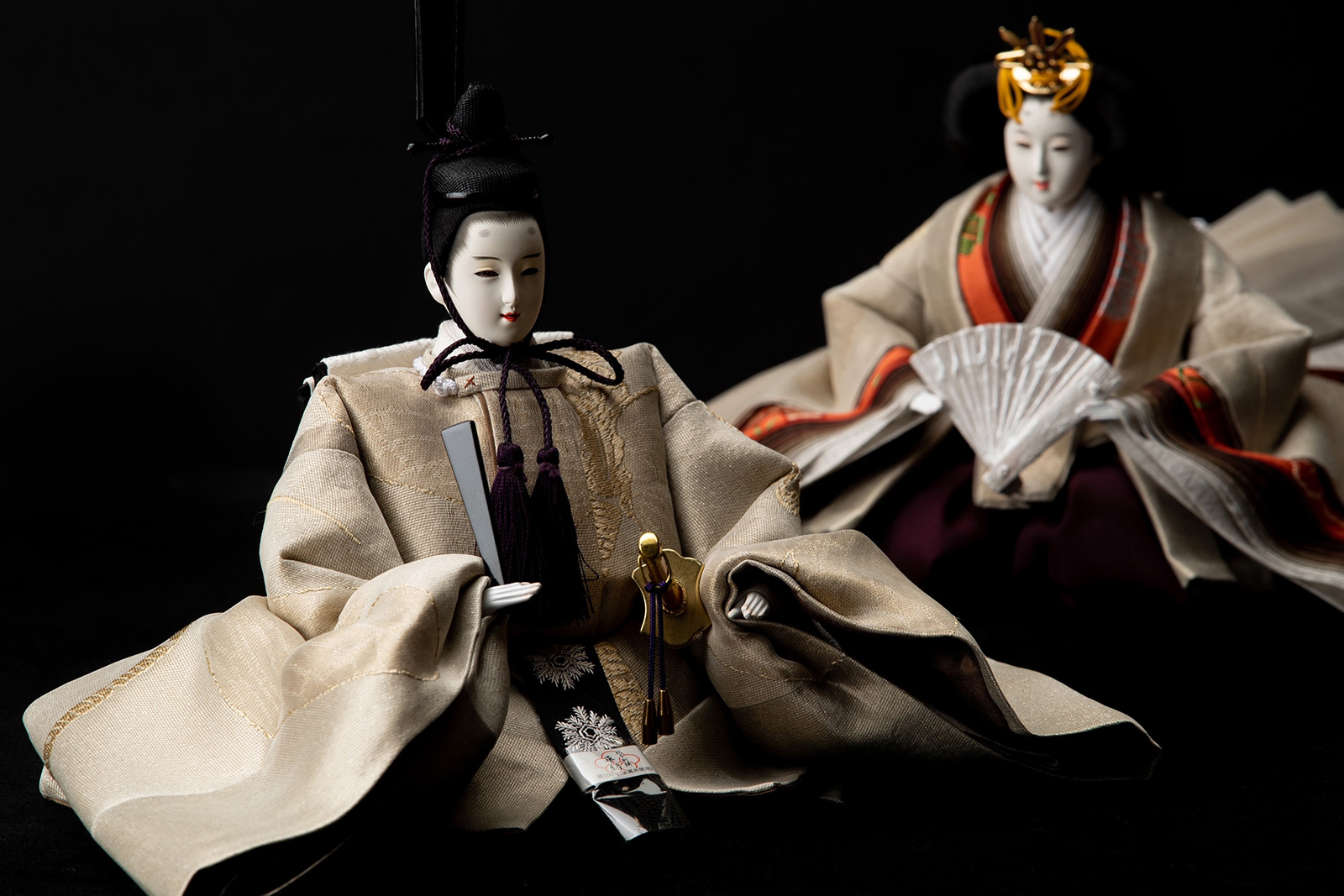
Special Exhibition by The Nippon Club Evolving Hitachi Province’s Hina Dolls and Craftsmanship
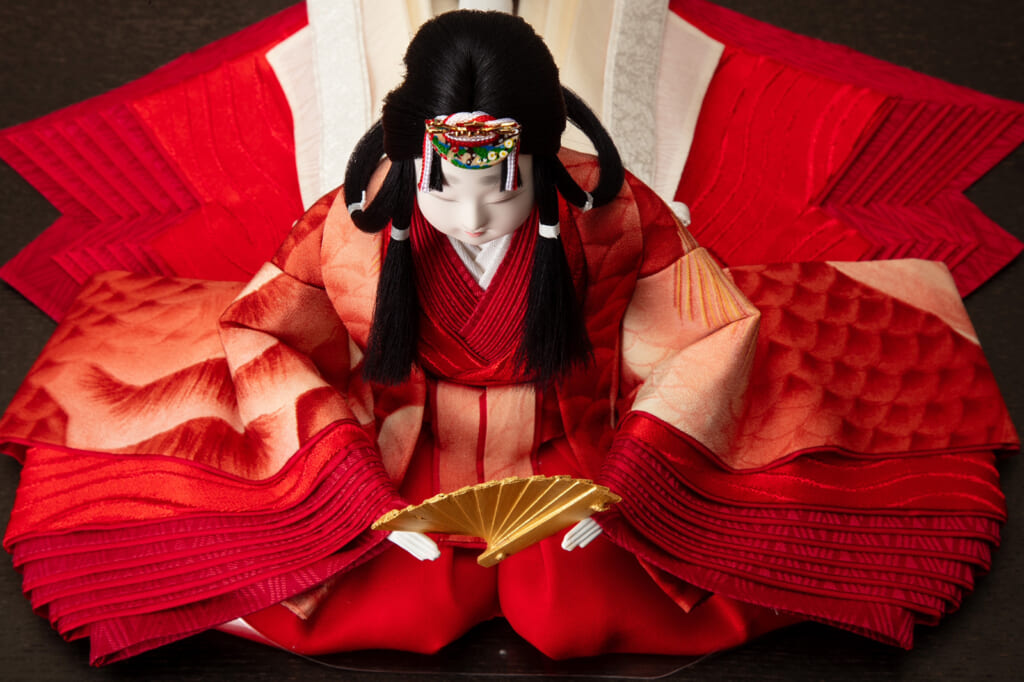
Sea Bream: Red Scarlet
This Hina doll is dressed in a costume made of Tango crepe dyed using Yuzen dyeing which a bold composition of sea bream scales in the crimson color that represents the breath of life on top. This pattern was used during the Edo period, when luxury was prohibited. At the time, there was a trend known as “Aesthetics of winning” in which men made their kimono linings flashy to look stylish.
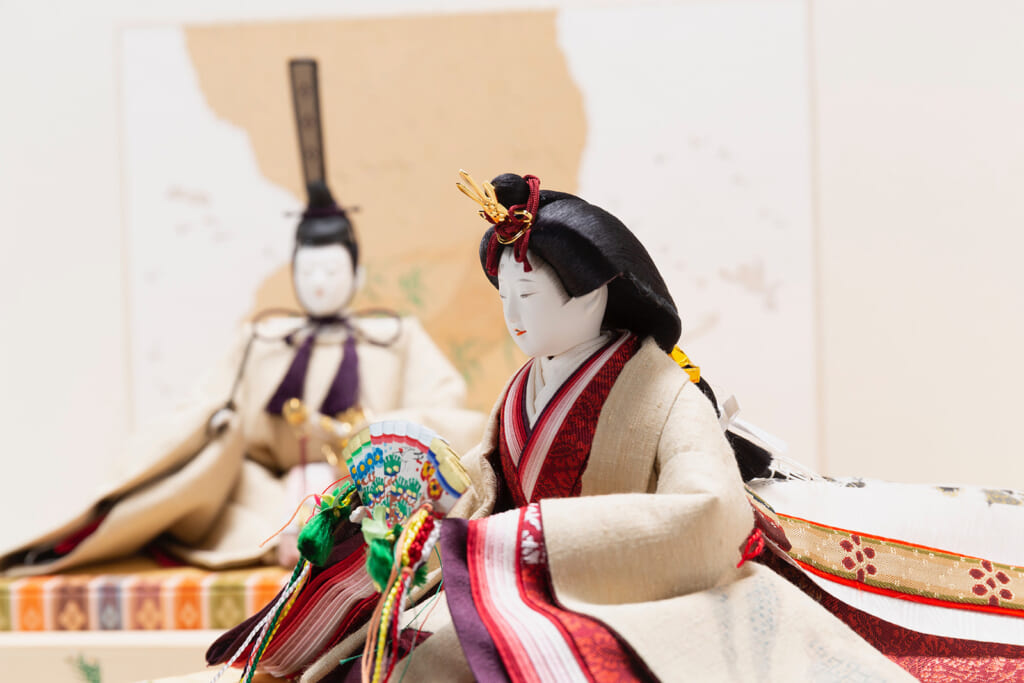
“Green Mountain”
The Hina doll is dressed in authentic Yuki Tsumugi , a World Heritage Site. The female Hina doll inner costume and the folding screen are inspired by the primitive scenery around the atelier, with rabbits running through the fields. This work was presented to the current Emperor.
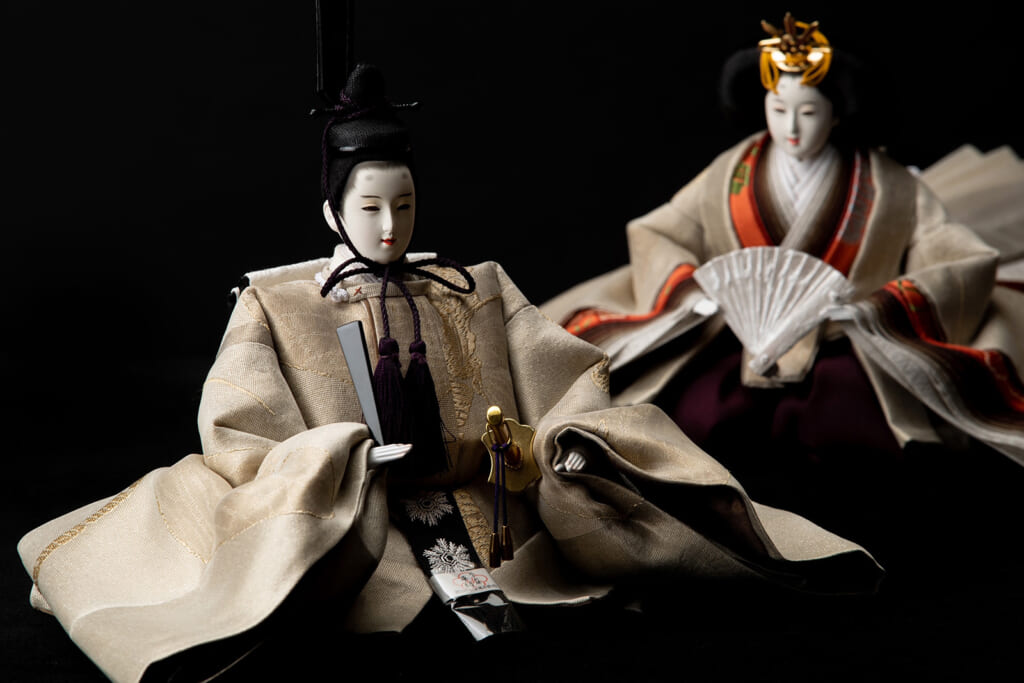
FISBA “Dragonfly medium”
A Hina doll made of silk from the Swiss company FISBA. The dragonfly pattern are woven into the cobblestone motif and then covered with silk organza, creating a unique color scheme.
I created a Christmas scene.
The former Katsura Village (now Shirosato Town) in Ibaraki Prefecture was once a bustling area where many craftsmen gathered, serving as a castle town for the Tokugawa family. However, in recent years, it has been experiencing a decline, partly due to the effects of a decreasing birth rate. Amidst this situation, Mr. Takao Kosahata, the third-generation head of Katsura Bina, has revived the tradition by pursuing artistic quality and transforming Katsura Hina into Japan’s first interior art “Hina Doll” that can be displayed year-round.
Traditionally, hina dolls are displayed once a year during the Hinamatsuri to pray for the health and growth of girls. However, the interior ‘Hina Dolls’ breaks this convention. These hina dolls can be enjoyed by people of all ages and genders throughout the year, continuously symbolizing wishes for the health and happiness of the family.
This exhibition showcases ‘Hina Dolls’ adorned with UNESCO Intangible Cultural Heritage Yuki Tsumugi, Kyoto Nishijin weave, and French antique lace. We also present ways to decorate them for ceremonies and events. One of the highlights is a ‘Hina Doll’ dressed in a kimono made from the same fabric as the one worn by the Empress Emerita, woven by Yuki Tsumugi.
Additionally, the screens, platforms, and lights, which are essential for the display, are crafted by local artisans using “Suzumo Lanterns/Suifu Lanterns,” “Nishinouchi Washi,” “Kasama Pottery,” “Daigo Lacquerware,” “Kana Paper,” “Kiri Woodwork,” and “Kumiko Joinery.” These original works showcase the craftsmanship of these artisans.
Through this exhibition, we hope you will enjoy the beauty of traditional crafts nurtured in Hitachi Province and rediscover Japan’s rich cultural heritage. We look forward to welcoming you.
◇ Exhibition Content ◇
1. Katsura Bina (Katsura Hina Doll):
We will introduce Hina dolls as interior art that can be enjoyed by people of all ages, nationalities, and locations while also displaying them in traditional arrangements.
Additionally, we will exhibit ‘Kasane Frame’ by Mr. Kosahata, which represents the fusion of traditional culture and art. These pieces incorporate not only the traditional Japanese colors and patterns used in the twelve-layered kimono (jūnihitoe) of Heian (794 – 1185) period nobility, known as “Kasane Irome,” but also European traditional fabrics. These materials are used in the Hina Doll costumes and the wall art pieces known as ‘Kasane Frame.’
‘Kasane Frame’ is a framed artwork that utilizes traditional textiles from both Japan and abroad, featuring Kasane Irome at its center. This artwork is cherished as an interior piece that fits harmoniously in any setting, embodying the beauty that symbolizes Japanese culture.
2. Sections of Artisans’ Skills:
This exhibition features works from master artisans, including Keiko Hanada (Yuki Tsumugi), Daisuke Kikuchi (Nishinouchi Washi), Mic Itaya / Ryutaro Suzuki (Suzumo Lantern / Suifu Lantern), Hisashi Komuro (Kana Ryoshi), Tohru Tsuji (Daigo Urushi), Hiroyuki Onuki (Kasama Pottery), Toshihiro Akiyama (Kiri Chest), and Katsutoshi Adachi (Ibaraki Kumiko).
◇ Profiles of the Artisans ◇
1. Takao Kosahata (Third-generation Katsura Bina):
He was born in Ibaraki Prefecture in 1972. Trained under the founder and second-generation master of Katsura Bina and inherited the title of third-generation master in 1996. He was recognized as an intangible cultural asset of Shirosato Town in 2015. He holds numerous domestic and international solo exhibitions and has won several awards.
2. Ryutaro Suzuki (Seventh-generation head of Suzuki Mohei Shoten):
Inherited the tradition of Suifu lanterns founded in 1865 and created ‘Suzumo Lantern’ in collaboration with artist Mic Itaya.
3. Keiko Hanada (Yuki Tsumugi):
After graduating from Otsuma Women’s Junior College, she moved to Yuki City, Ibaraki Prefecture. With her husband, she co-founded “Yuki Hanada” and created modern lifestyle items using Yuki Tsumugi.
4. Mic Itaya (Visual Artist):
Graduated from Tama Art University in 1976. Designed the award-winning ‘Suzumo Lantern’ and has held numerous solo exhibitions.
5. Hisashi Komuro (Kana Ryoshi Kobo):
The tradition of kana ryoshi paper from the Heian period continues, producing modern kana ryoshi paper.
5. Hisashi Komuro (Kana Ryoshi Kobo):
The tradition of kana ryoshi paper from the Heian period continues, producing modern kana ryoshi paper.
7. Katsutoshi Adachi (Third generation of Adachi Tategu Co., Ltd.):
Born in Ibaraki Prefecture in 1964, he was recognized as a “Contemporary Master Craftsman” for his kumiko technique and was awarded the Yellow Ribbon Medal in 2022.
8. Daisuke Kikuchi (Fourth generation of Nishinouchi Washi / Kaminosato):
Continues the family tradition, producing strong and elegant washi paper using traditional techniques and modern needs.
9. Hiroyuki Onuki (Kasama Pottery):
After graduating from Tokyo Zokei University, he opened his independent kiln in Kasama City and produced vibrant, artistic pottery.
10. Tohru Tsuji (Daigo Urushi):
Established Daigo Urushi Yamizonuri “Kijian” in 2010, creating lacquerware from planting lacquer trees to finishing the product, and has received numerous awards.
◇Takao Kosahata’s Words◇

“I began creating hina dolls because I was fascinated by the unique colors and patterns that have long been symbols of the Japanese spirit. One of the most direct expressions of this is the hina doll. I have made it my life’s work to produce hina dolls that can be enjoyed year-round as a new form of interior art, as well as ‘Kasane in the Frame,’ which expresses the layered colors of Kasane Irome used in traditional garments like the twelve-layered kimono.”
We hope this exhibition will help you appreciate the beauty of traditional crafts nurtured in Hitachi Province and rediscover Japan’s rich cultural heritage. We look forward to welcoming you.
Exhibition Information
Venue: The Nippon Gallery (7th Floor of The Nippon Club)
Dates: June 28 (Fri) – July 19 (Fri), 2024
Time: Mon-Fri: 10:00 am – 6:00 pm, Sat: 10:00 am – 5:00 pm, Sun & 7/4: Closed
Supported by the J.C.C. Fund, Seki Shoji Co., Ltd., SECOM Co., Ltd., Seibu Shinkin Bank, General Incorporated Association MFU
In cooperation with Ibaraki Prefecture Sales Strategy Department, Craft Art Gallery (Seki Shoji), Senken Newspaper
Curated by Mie Tsunobe
| Period | June 28 (Fri) – July 19 (Fri), 2024 |
|---|---|
| Hours | Mon-Fri: 10:00 am – 6:00 pm, Sat: 10:00 am – 5:00 pm, Sun & 7/4: Closed |
| Location | The Nippon Gallery (7th Floor of The Nippon Club) |
| Admission | Free admission |
| Detail |




